Carbon offsetting is a critical term in climate change and sustainability discourse. It refers to a process that allows individuals and companies to invest in environmental projects worldwide to balance out their carbon footprints. This article will delve into the intricate details of carbon offsetting, its importance, mechanisms, types, benefits, criticisms, and its role in achieving sustainability goals.
Understanding carbon offsetting is essential for anyone interested in climate change mitigation strategies. It is a complex concept that involves various aspects of environmental science, economics, and policy-making. This article aims to comprehensively understand carbon offsetting, breaking down its complexities into digestible sections.
Understanding Carbon Offsetting
Carbon offsetting is a strategy employed to compensate for carbon dioxide emissions and other greenhouse gases that are difficult to eliminate completely. This is achieved by funding projects that reduce, avoid, or remove greenhouse gas emissions from the atmosphere. These projects could range from renewable energy initiatives to reforestation efforts.
It's important to note that carbon offsetting is not a solution to eliminate carbon emissions but rather a tool to balance out unavoidable emissions. The ultimate goal should always be to reduce emissions at their source as much as possible.
How Carbon Offsetting Works
Carbon offsetting works on the principle of 'emission trading.' In this system, a market for emission allowances is created. Entities that emit less than their allowances can sell their surplus allowances to entities that emit more than their allowances. This encourages entities to reduce emissions, as they can profit from selling surplus allowances.
Carbon offset projects work in a similar way. When you buy a carbon offset, you are essentially funding a project that reduces, avoids, or removes greenhouse gas emissions equivalent to your emissions. This helps to 'neutralize' your carbon footprint.
Importance of Carbon Offsetting
Carbon offsetting plays a crucial role in the global fight against climate change. It provides a practical and effective way for individuals and businesses to take responsibility for their carbon emissions and contribute to global emission reduction efforts.
Moreover, many carbon offset projects also bring additional social and environmental benefits. For example, reforestation projects absorb CO2, restore habitats, protect biodiversity, and provide livelihoods for local communities.
Types of Carbon Offsetting
There are two main types of carbon offsetting: voluntary and compliance. Voluntary offsetting is when individuals or businesses offset emissions from their initiative. Compliance offsetting is when entities are legally required to offset their emissions to meet regulatory standards.
Each type of offsetting has its market, standards, and types of projects. The choice between voluntary and compliance offsetting depends on the entity's emission profile, regulatory environment, and sustainability goals.
Voluntary Offsetting
Voluntary offsetting is often driven by corporate social responsibility (CSR) initiatives, customer demand for sustainable products, or personal commitment to environmental sustainability. The voluntary market is diverse, with many projects available for offsetting.
Voluntary offset projects can be certified by various standards, such as the Verified Carbon Standard (VCS), Gold Standard, and Climate Action Reserve (CAR). These standards ensure the projects' environmental integrity and assure buyers that their offsets make a real and measurable difference.
Compliance Offsetting
Compliance offsetting is part of regulatory programs that limit greenhouse gas emissions. Entities covered by these programs must offset their emissions to meet their regulatory obligations. The European Union Emission Trading Scheme (EU ETS) is the most well-known compliance program.
Compliance offset projects must meet stringent criteria and are subject to rigorous monitoring and verification processes. This ensures that the offsets are real and measurable and contribute to the regulatory program's overall emission reduction goals.
Benefits of Carbon Offsetting
Carbon offsetting offers several benefits. Firstly, it provides a flexible and cost-effective way for entities to reduce their carbon footprints. By investing in offset projects, entities can achieve emission reductions at a lower cost than through in-house reductions alone.
Secondly, carbon offsetting can drive investment in renewable energy, energy efficiency, and other low-carbon technologies. This can stimulate green growth and contribute to the transition to a low-carbon economy.
Economic Benefits
Carbon offsetting can bring significant economic benefits. It can create jobs, stimulate economic growth, and foster technological innovation. For businesses, carbon offsetting can enhance brand reputation, attract environmentally conscious customers, and improve competitiveness in a green economy.
For developing countries, carbon offset projects can attract foreign investment, improve energy infrastructure, and promote sustainable development. These projects can also provide income opportunities for local communities, such as jobs in reforestation or renewable energy projects.
Environmental and Social Benefits
Many carbon offset projects bring additional environmental and social benefits. For example, reforestation projects can restore habitats, protect biodiversity, and improve soil and water quality. Renewable energy projects can reduce air pollution, improve energy security, and enhance access to clean energy.
Furthermore, carbon offset projects can support social development goals. They can provide livelihood opportunities, improve living conditions, and promote social inclusion. For instance, clean cookstove projects can reduce indoor air pollution, improve health, and save time and money for households in developing countries.
Criticisms of Carbon Offsetting
Despite its benefits, carbon offsetting has been subject to several criticisms. Critics argue that it allows entities to buy their way out of their environmental responsibilities, distracts from the need to reduce emissions at source, and can lead to 'carbon leakage' where emissions are simply shifted from one place to another.
Furthermore, there are concerns about the integrity of some offset projects. Issues such as over-crediting, lack of additionality (where projects would have happened anyway without the offset funding), and lack of permanence (where the emission reductions are not permanent) have been raised.
Carbon offsets do not work at the core issue of reducing CO2 emissions for that given company. Purchasing a carbon offset does not directly reduce the company's carbon footprint. It only makes others reduce their carbon footprint to compensate for their carbon footprint. When companies rely on carbon offsets, there's a risk that they might delay or avoid taking direct actions to reduce their emissions. This can perpetuate business-as-usual practices that are not sustainable in the long term.
More than 90% of rainforest carbon offsets by the biggest certifier are worthless, analysis shows.
Source: The Guardian
Based on satellite image analysis and interviews, the findings challenge offsets' validity in achieving genuine environmental benefits and raise concerns about human rights issues in project areas.
Addressing the Criticisms
Many of these criticisms can be addressed through rigorous standards and robust monitoring and verification processes. Standards such as the VCS and Gold Standard have stringent criteria to ensure the environmental integrity of offset projects. They require projects to demonstrate additionality, avoid leakage, and ensure the permanence of emission reductions.
Moreover, transparency and stakeholder engagement are key to addressing the criticisms. Entities should be transparent about offsetting activities and engage stakeholders in decision-making. This can enhance the credibility of offsetting and ensure that it contributes to genuine emission reductions and sustainable development.
Carbon Offsetting and Sustainability Goals
Carbon offsetting can play a key role in achieving sustainability goals. It can contribute to the United Nations Sustainable Development Goals (SDGs) by promoting clean energy, combating climate change, and fostering sustainable economic growth.
Carbon offsetting can help businesses meet corporate sustainability goals. It can reduce carbon footprints, enhance brand reputation, and demonstrate commitment to environmental sustainability. However, it should be part of a broader sustainability strategy that also includes reducing emissions at source and improving energy efficiency.
Role in Achieving Net-Zero Emissions
Carbon offsetting is also crucial for achieving net-zero emissions, a state where the amount of greenhouse gases emitted into the atmosphere is balanced by the amount removed. Achieving net-zero emissions is essential to limiting global warming to 1.5 degrees Celsius above pre-industrial levels, as recommended by the Intergovernmental Panel on Climate Change (IPCC).
While reducing emissions at source is the most effective way to achieve net-zero emissions, all emissions are unlikely to be eliminated. Therefore, carbon offsetting will be needed to balance out the remaining emissions. This makes carbon offsetting a key tool in the global fight against climate change.
Contribution to Sustainable Development Goals
Carbon offsetting can contribute to several SDGs. For example, reforestation projects can support SDG 15 (Life on Land) by restoring habitats and protecting biodiversity. Renewable energy projects can support SDG 7 (Affordable and Clean Energy) by enhancing access to clean energy.
Furthermore, many carbon offset projects bring social benefits that can support SDGs, such as SDG 1 (No Poverty), SDG 3 (Good Health and Well-being), and SDG 8 (Decent Work and Economic Growth). Therefore, carbon offsetting can be a powerful tool for sustainable development.
Summary
Carbon offsetting is a complex but crucial concept in the fight against climate change. It provides a practical and effective way for individuals and businesses to take responsibility for their carbon emissions and contribute to global emission reduction efforts. However, it should be used responsibly and as a broader strategy to reduce emissions and promote sustainable development.
Understanding carbon offsetting is essential for anyone interested in climate change mitigation and sustainable development. This article has provided a comprehensive overview of carbon offsetting, covering its mechanisms, types, benefits, criticisms, and role in achieving sustainability goals. This knowledge is hoped to empower individuals and businesses to make informed decisions about their carbon management and sustainability strategies.
As you consider the role of carbon offsetting in your company's sustainability journey, remember that effective carbon management is key to making informed, impactful decisions. Arbor simplifies this process, offering executives and project leaders a comprehensive platform to calculate emissions, comply with climate legislation, and lead their organizations toward a greener future. With Arbor's industry-leading accuracy and GRI-certified reporting, you can navigate stakeholder pressures, save time and budget, and gain the trustworthy data you need. Take the first step towards material-level calculations, region-differentiated insights, and simplified aggregate data. Talk to sales today and discover how Arbor's Carbon Management Platform can transform your company's approach to carbon accountability.
Measure your carbon emissions with Arbor
Simple, easy carbon accounting.




.webp)
%20Directive.webp)
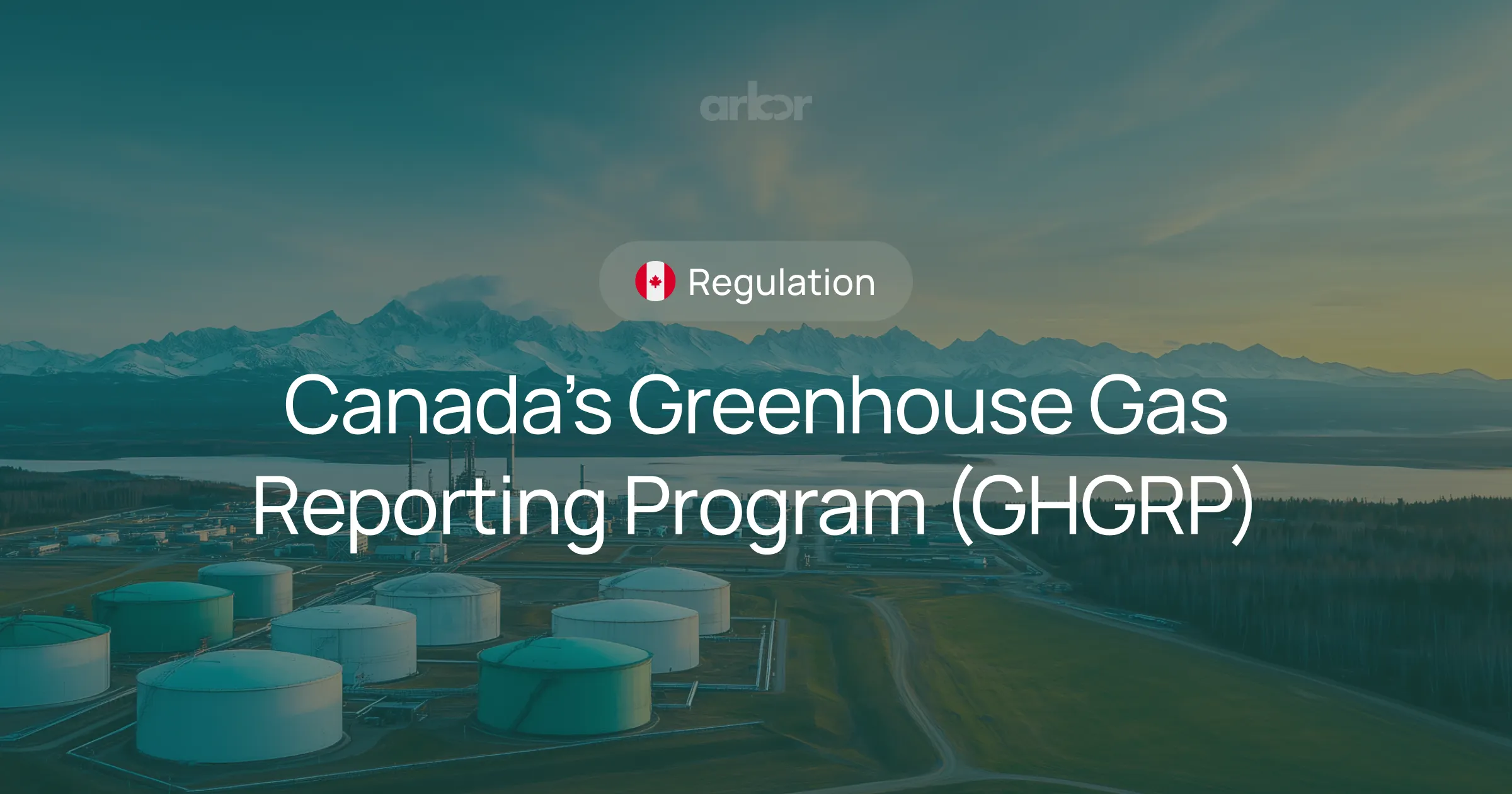

.webp)
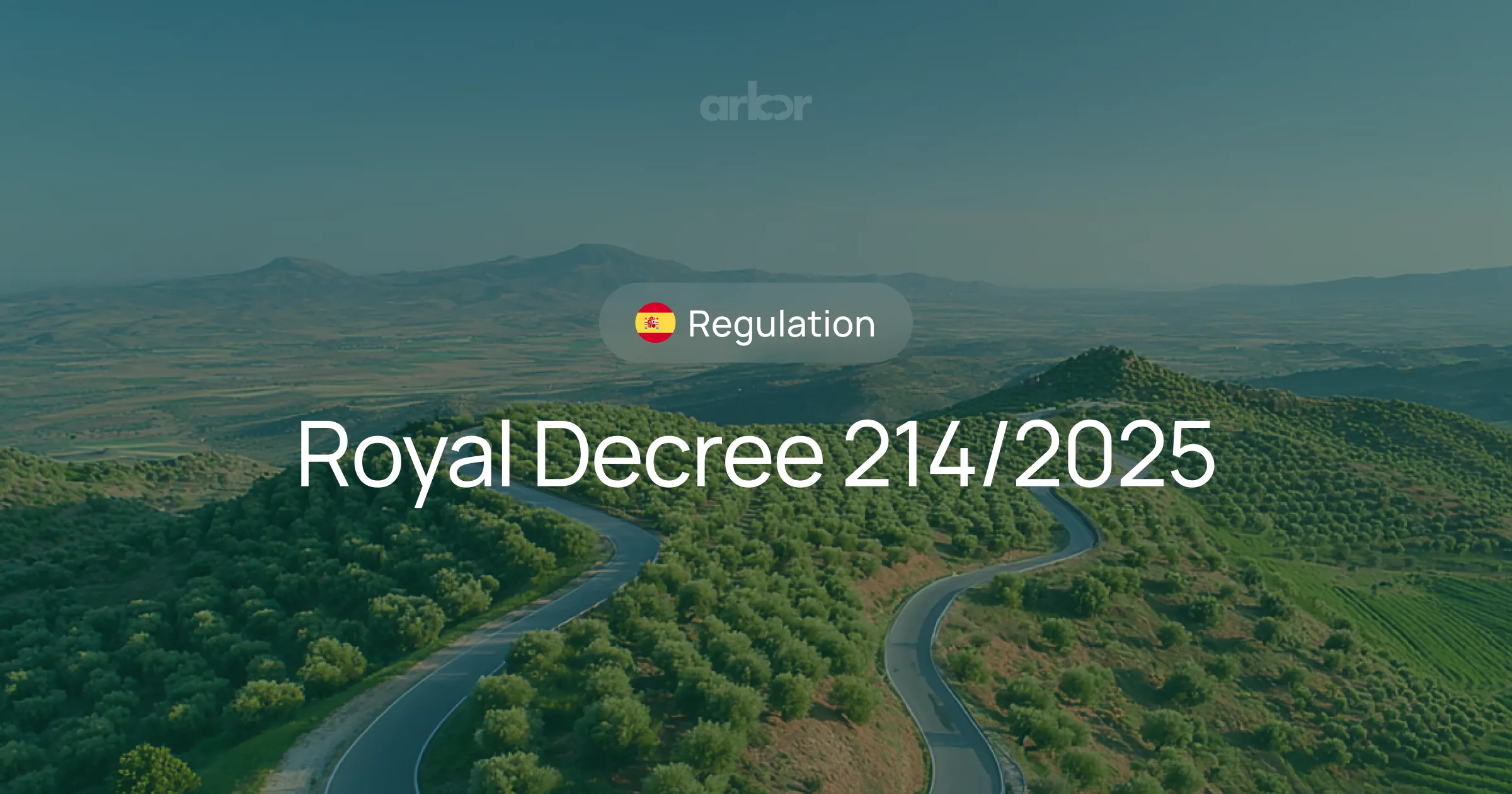
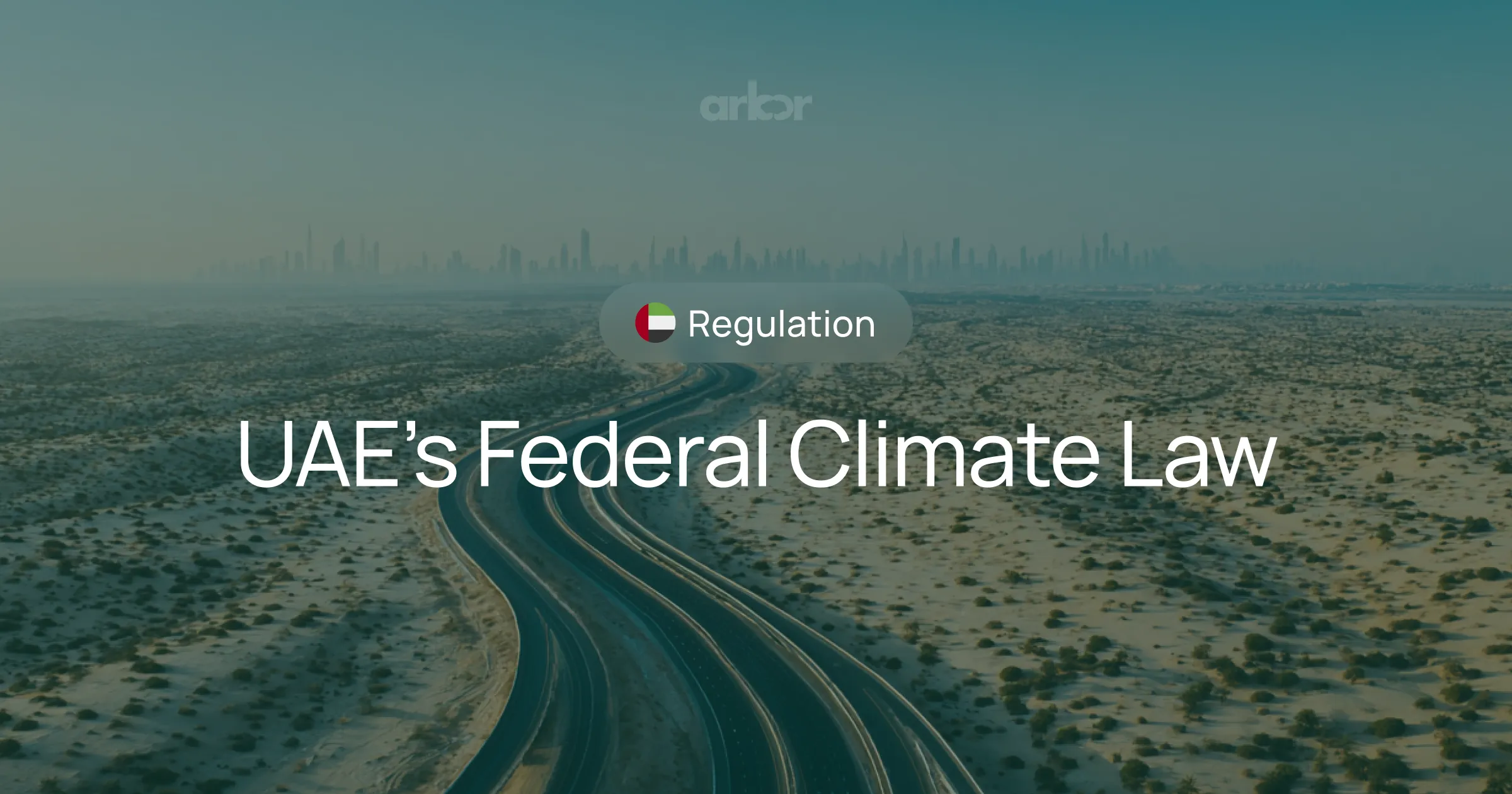









%20Arbor.avif)





%20Arbor.avif)


.avif)
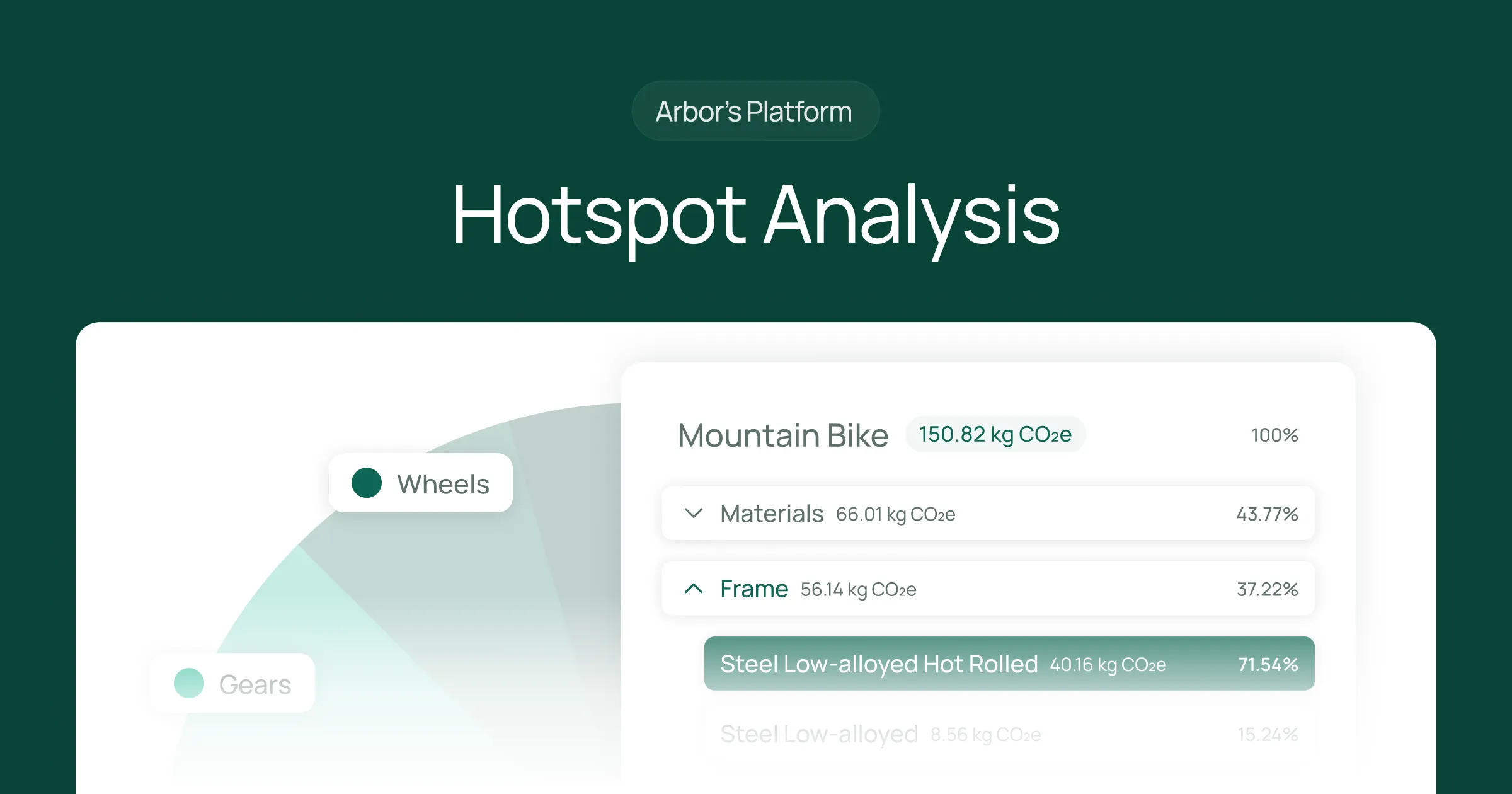


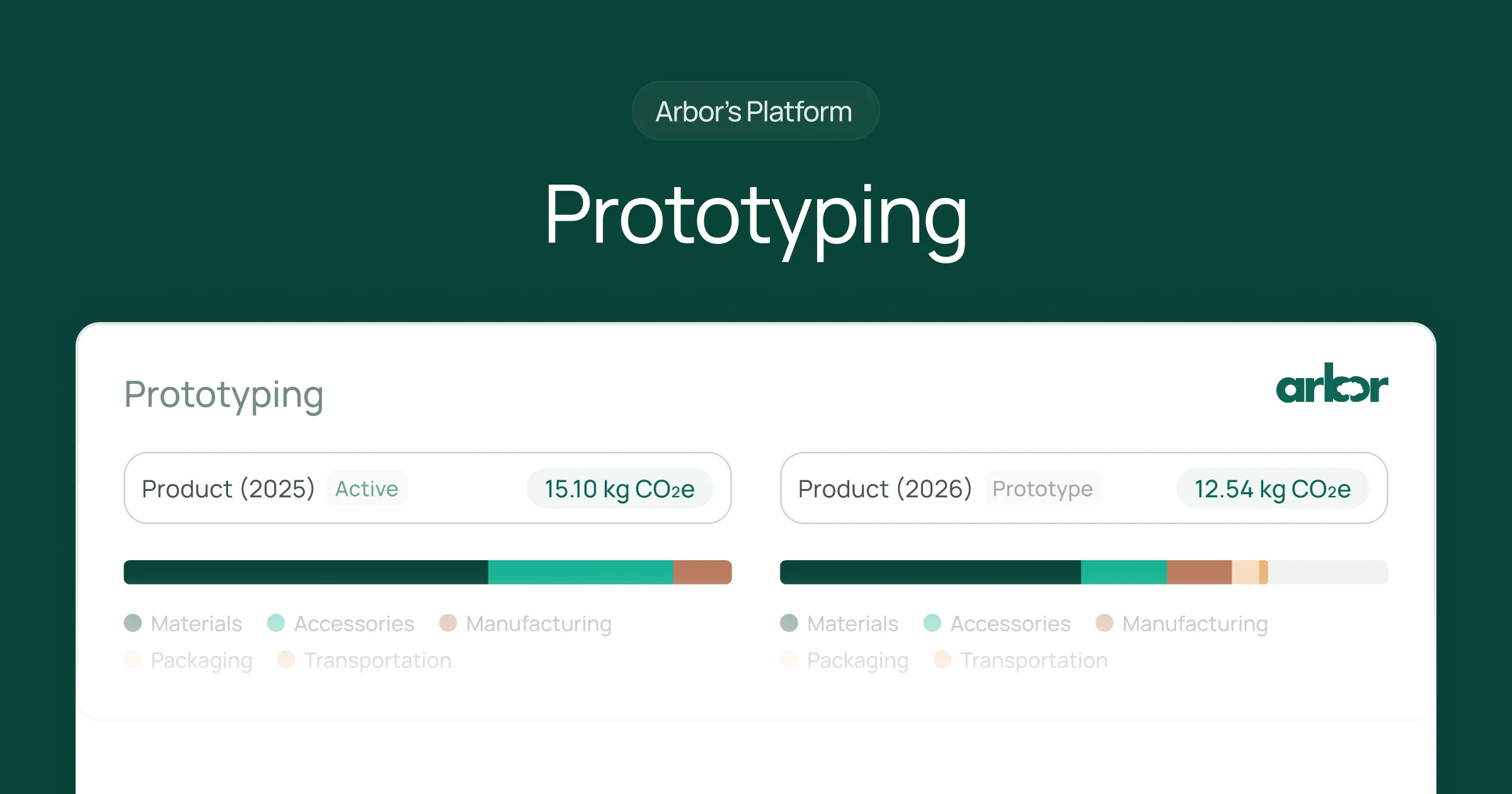


%20Arbor%20Canada.avif)

.avif)
%20Arbor.avif)
.avif)






_.avif)
.avif)
%20Arbor.avif)




%20Software%20and%20Tools.avif)





.avif)
.avif)
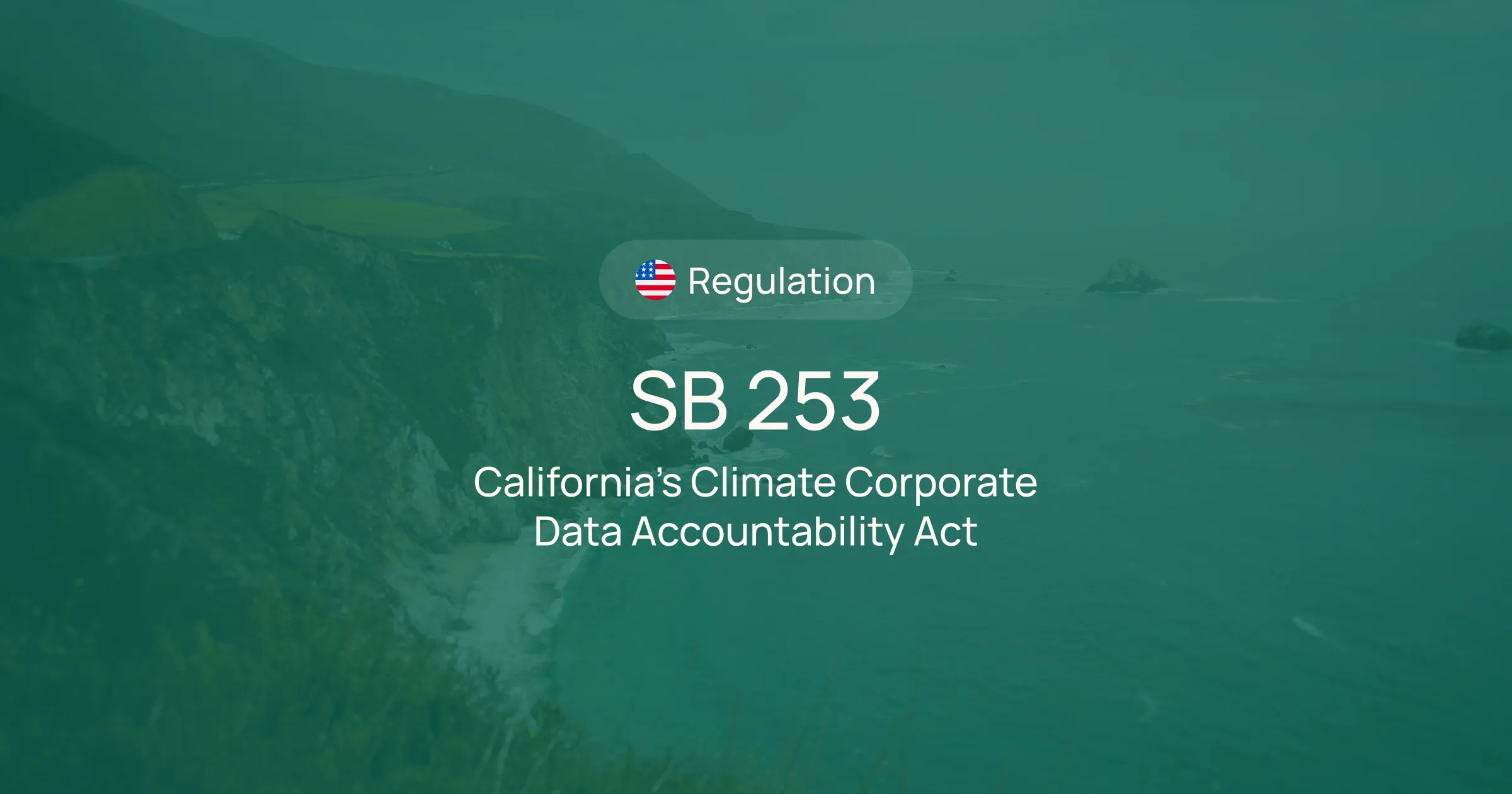



%20EU%20Regulation.avif)












.avif)


%20Arbor.avif)








_%20_%20Carbon%20101.avif)







.avif)

.avif)
.avif)









